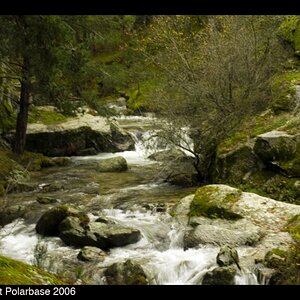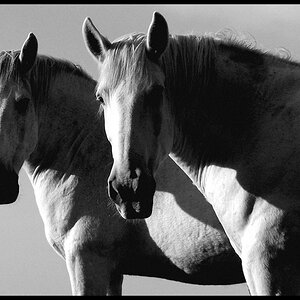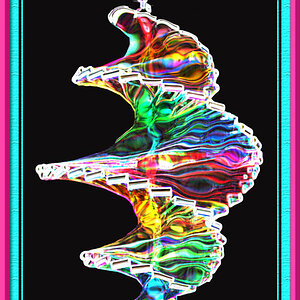PJcam
No longer a newbie, moving up!
- Joined
- Dec 26, 2017
- Messages
- 331
- Reaction score
- 113
- Location
- UK
- Can others edit my Photos
- Photos OK to edit
As a beginner just getting used to the basics, I have a question that to you guys is so obvious but, I always say if you are not sure ask.
I read that if I add a filter to my camera it can reduce the light coming in, that I understand. Then I read a polarizer filter cuts down light by 2 stops. More than I thought but I can understand this far.
The bit that I am not sure about is, if I look through my camera and at this stage say it is set on auto, doesn't the camera work out the settings based on reduced the light entering the camera?
Some of these things would all make sense when I try them out but the weather is so bad at present, the light so dull and winds so strong I just can't get out. Roll on spring, it won't be long.
Thank you in advance for your replies and help.
I read that if I add a filter to my camera it can reduce the light coming in, that I understand. Then I read a polarizer filter cuts down light by 2 stops. More than I thought but I can understand this far.
The bit that I am not sure about is, if I look through my camera and at this stage say it is set on auto, doesn't the camera work out the settings based on reduced the light entering the camera?
Some of these things would all make sense when I try them out but the weather is so bad at present, the light so dull and winds so strong I just can't get out. Roll on spring, it won't be long.
Thank you in advance for your replies and help.




![[No title]](/data/xfmg/thumbnail/32/32942-4440dd4ca2ff307a5d19277feedf1d94.jpg?1619735774)
![[No title]](/data/xfmg/thumbnail/32/32945-a29b33c040ad72e4b783ea5e431cec65.jpg?1619735778)


![[No title]](/data/xfmg/thumbnail/32/32941-f21147be61c00828a23d6ce011d840eb.jpg?1619735773)
![[No title]](/data/xfmg/thumbnail/37/37629-fa70c9f81cc7da4d6a9b512502f9bf84.jpg?1619738155)
![[No title]](/data/xfmg/thumbnail/37/37626-4a6ffc3f17ab3a8e97170fda3276640e.jpg?1619738154)


